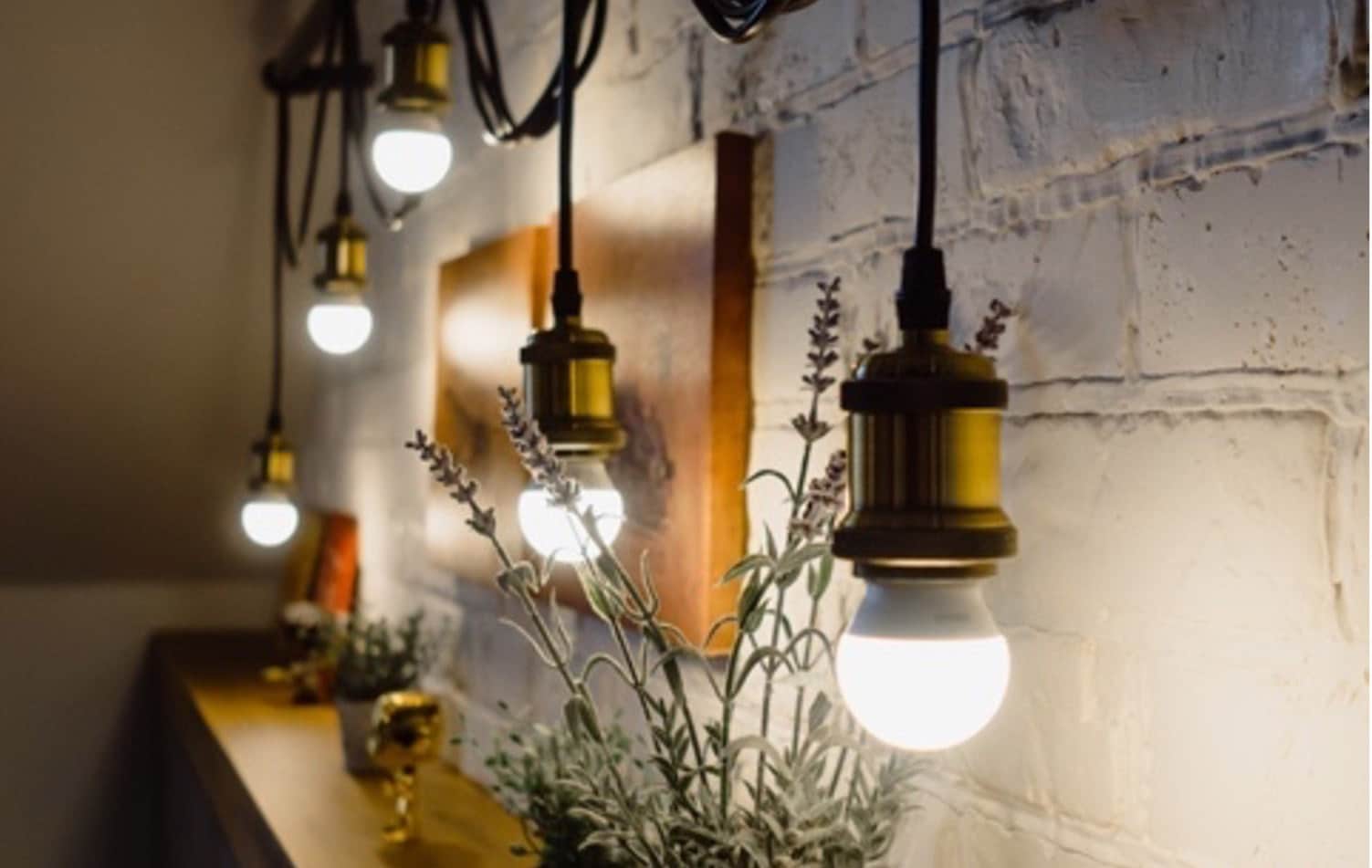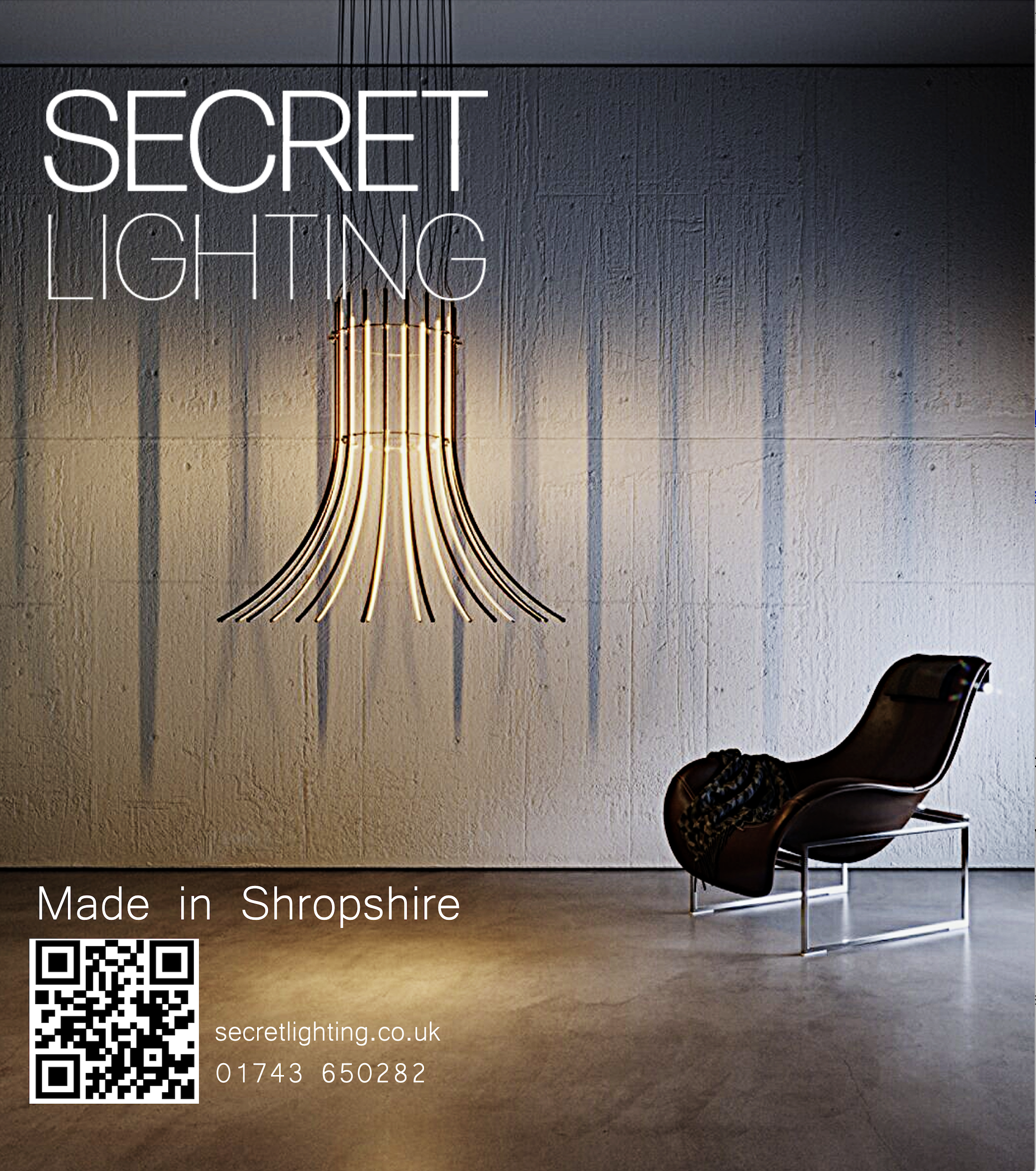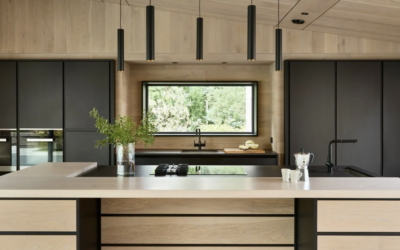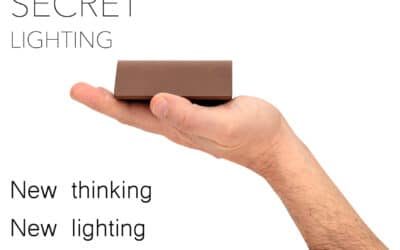“Pendant”, a word that we use for jewelry and hanging styles of lights, the thing they both have in common is decorative and is designed to be a compliment.
How you look and perceive a space matters, from a mathematical, engineer’s solution a pendant light will give optimum light from the center of a room and thus even illumination.
With a designer’s eyes we want layers, visual interest, consider what people will feel when they are in the space…we want so much more from our lighting and there are so many places to use pendants than simply in the middle of a room.
Hanging lights / pendants in this article refer to simple styles of lights suspended mostly by a cord or wire, we are not describing feature lights like chandeliers and larger statement pieces. A simple pendant can frame an item which you want to feature, the modern classic example is either side of a bed to replace table lamps or 3 pendants over a kitchen island…(3 is visually balanced and something we like to challenge and adapt).
Pendants either side of a bed is becoming a design classic, it has poise and elegance with a touch of design flair, but also some great practical advantages. The light frees up the space where a table lamp would be, less visual clutter and less physical clutter. The light can be used to illuminate the bedside table adding a layer of light essential to a lighting design. It can be at a height you feel comfortable with, be that to balance the room design or the practical height you prefer to read with. If you feel confident and want to challenge symmetry then try one pendant and one table lamp, accentuating your non conformist nature.
Hanging pendants to the corner of a room can bring interest to the space, be that to show a feature, make the space seem larger or inviting and intimate.
Recessed downlights / spots are often used for general lighting to cover a large area, thus you see rows and rows of spots. In a more considered design such spots are used for accents and directional light, but can create scallop effects and patterns, breaking up such regularity and pattern with pendants instead can change the way you perceive the room and create a different, more unique design.
Some interior designers deliberately choose a large, oversized pendant for smaller rooms especially when used in the center or over a dining table, its perception and scale, a technique you should consider and discuss but also takes some confidence to commit to.
Choosing your pendant.
There is the lit effect of your light, there is the decorative design of the light and the lamp choice you put inside, size and proportions also need considering and there is also a technical / regulatory choice that will guide you….for example outside or bathrooms etc, but most of all be inventive and brave to try !







0 Comments